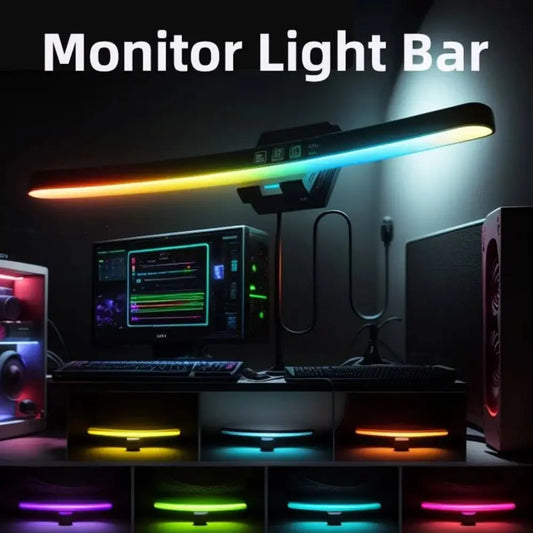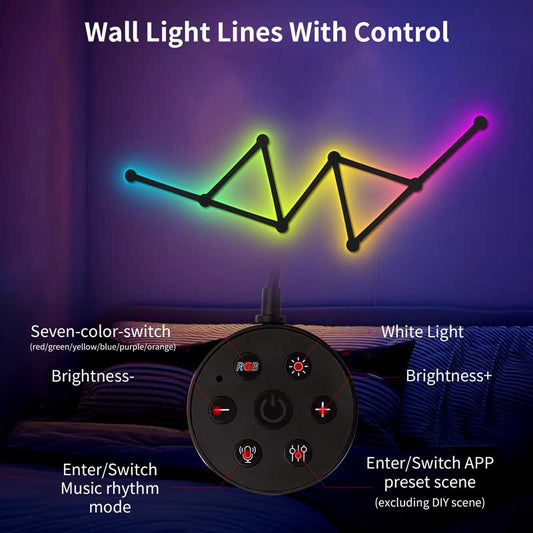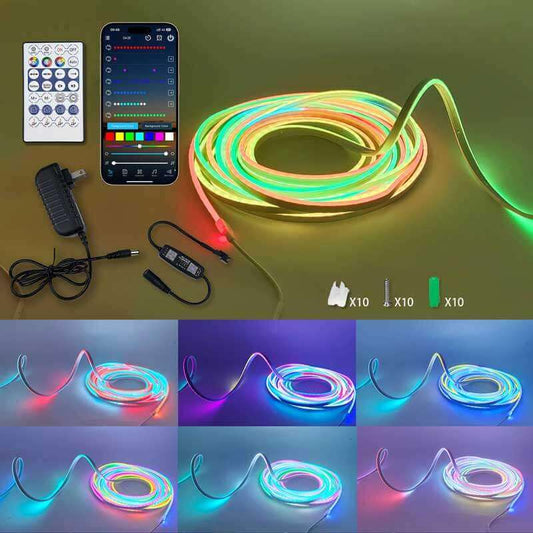how to connect dusk to dawn light sensor
Share
youwei suggest connecting a dusk-to-dawn light sensor allows your light to turn on automatically at dusk (when it gets dark) and turn off at dawn (when it gets light). This is ideal for outdoor lighting like security lights, garden lights, or street lights, as it saves energy and ensures your lights are only on when needed. Here's how you can connect a dusk-to-dawn light sensor:
Things You’ll Need:
- Dusk-to-Dawn Light Sensor: This can either be a standalone sensor or a sensor integrated into the light fixture.
- Light Fixture: A fixture you want to connect the sensor to (this could be a floodlight, porch light, or any other outdoor light).
- Wire Strippers: For stripping wires if needed.
- Screwdriver: To remove or attach wiring connections.
- Electrical Tape: To safely cover wire connections.
- Voltage Tester: For safety, to ensure power is turned off before working with electrical connections.
Steps to Connect a Dusk-to-Dawn Light Sensor:
1. Turn Off Power:
Before starting any electrical work, switch off the power at the breaker box to avoid any risk of electrical shock.
2. Select the Type of Dusk-to-Dawn Sensor:
There are two main types of dusk-to-dawn light sensors:
- Integrated Sensor: Some light fixtures come with built-in sensors, meaning you don’t need to add a separate sensor. If you have one of these, you simply need to install the fixture as per the manufacturer’s instructions.
- External Sensor: If you're adding an external sensor, the sensor will usually have wires that connect to the light fixture's wiring.
3. Prepare the Wiring:
If you're connecting a standalone sensor, you’ll have to wire it into the existing fixture. Here’s how you can connect the wiring:
-
Sensor Wires: The sensor will usually have two or more wires:
- Black Wire (Hot or Live): This is the wire that supplies power to the fixture.
- White Wire (Neutral): This is the wire that completes the circuit back to the electrical panel.
- Ground Wire (Green or Bare Copper): This is the wire for grounding the circuit, ensuring safety.
4. Connect the Wires:
- Black Wire (Live): Connect the black wire from the sensor to the live wire (typically black) from the light fixture.
- White Wire (Neutral): Connect the white wire from the sensor to the neutral wire (usually white) from the light fixture.
- Ground Wire: Connect the ground wire (green or copper) from the sensor to the ground wire of the light fixture (if present), or to the grounding screw in the electrical box.
5. Attach the Sensor to the Fixture or Mounting Surface:
- If the sensor is external, mount it on the outside of the light fixture or in a location that will allow it to detect the surrounding light levels.
- For standalone sensors, there may be a mounting bracket included. Ensure the sensor is mounted facing outward, where it can effectively detect ambient light changes. Avoid mounting it in a shaded area or somewhere that could block the sensor’s view of the sky.
6. Secure the Wiring:
- Use wire nuts to secure the connections between wires, and wrap electrical tape around them for extra safety.
- Make sure the wires are tightly connected and that there is no exposed copper to prevent short circuits.
7. Mount the Fixture or Reattach the Cover:
If you are installing a sensor on an existing light fixture, reassemble the fixture by reattaching any covers or securing it to the wall or ceiling. If it’s a standalone light, mount it securely to its base or wall bracket.
8. Turn the Power Back On:
Go back to your circuit breaker and turn the power back on. If the light fixture is wired correctly, it should automatically turn on at dusk and turn off at dawn. Most dusk-to-dawn sensors are designed to detect when it’s dark enough to trigger the light and will deactivate it during the day when there’s sufficient natural light.
9. Test the Sensor:
To make sure the sensor is working correctly:
- Wait for the evening (dusk). The light should turn on when it gets dark enough.
- In the morning (dawn), the light should automatically turn off once there’s enough natural light to trigger the sensor.
- Some sensors have a small test switch or a manual override to simulate night and day, which you can use to confirm that everything is working.
Troubleshooting:
- Light stays on all the time: The sensor might be installed in an area with too much artificial light at night (like street lights), preventing it from detecting darkness. Try repositioning the sensor to get better exposure to natural light.
- Light doesn't turn on at night: Check the wiring connections to ensure they're correct and secure. Also, verify that the sensor is positioned properly and is not obstructed by anything that could block its light-detecting function.
all in all
Connecting a dusk-to-dawn light sensor to your outdoor light is a simple way to automate lighting based on ambient light levels. The process involves connecting the sensor's wires to the fixture's wires (live, neutral, and ground) and mounting the sensor in an area where it can detect the natural light changes. Once installed and wired correctly, the light will automatically turn on at dusk and off at dawn, saving energy and providing convenient lighting when needed.




